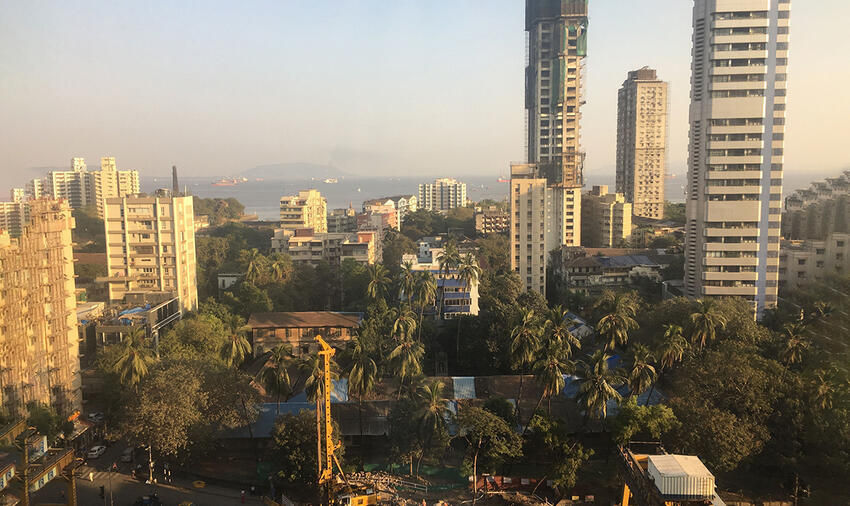The financialisation of floor space, Mumbai 1880-2015
The financialisation of floor space, Mumbai 1880-2015

 Image from Mumbai by Sukriti Issar
Image from Mumbai by Sukriti Issar
The financialisation of floor space, Mumbai 1880–2015
Sukriti Issar (Sciences Po - OSC)
Urban Studies, first published February 25, 2022
This paper is available online on Sage Journals
 The paper explores the history of floor space policies, analysing instrument design, the actors and state agencies involved, key moments and policy debates in Mumbai over more than a hundred years.
The paper explores the history of floor space policies, analysing instrument design, the actors and state agencies involved, key moments and policy debates in Mumbai over more than a hundred years.
In 1991, the local state in Mumbai, India, introduced the financial instrument of ‘Transferable Development Rights’ (TDR). This instrument creates a market in concessions to building height regulations, allowing developers to buy and sell exemptions in a logic similar to carbon credits. TDR allows developers to monetise the undeveloped potential of (literally) the air over their plot and to sell it to others.
From a prescriptive regulation where a standard was set for the height of buildings (colonial-era standards of maximum permissible height in metres, or post-1950s floor space index) TDR is a shift to a market-based incentive. Paradoxically, TDR or ‘air rights’, and related incentives, are used by the state to achieve urban development and social goals like green space conservation or redevelopment of slum and dilapidated buildings in Mumbai.
This paper traces and explains, drawing on original archival research and interviews with 80 policy experts, the shift from a prescriptive regulation to a financial instrument, from standard to incentive, and the consequences of that shift. Contrary to assumptions that floor space instruments are apolitical and determined by the subjective opinions of planners, the shift from a command-and-control policy to a financialised policy instrument was here local, endogenous, gradual, and conflictual...









